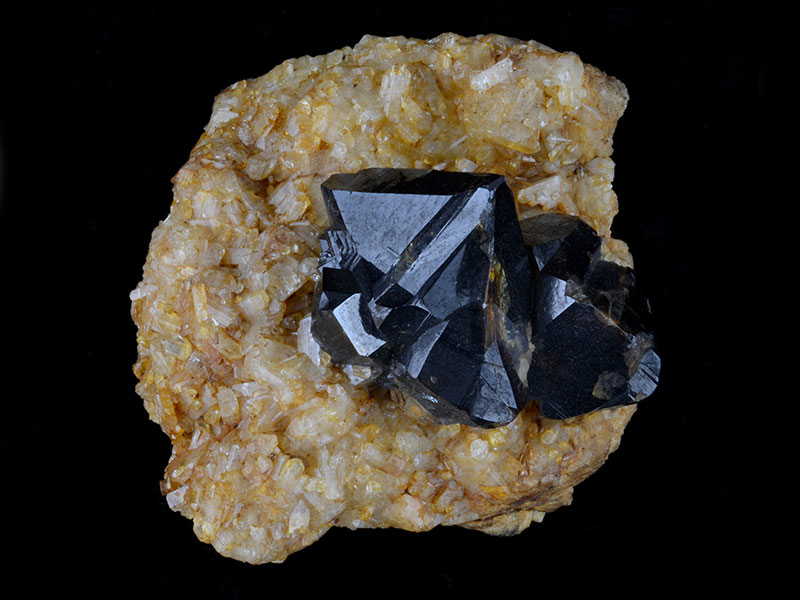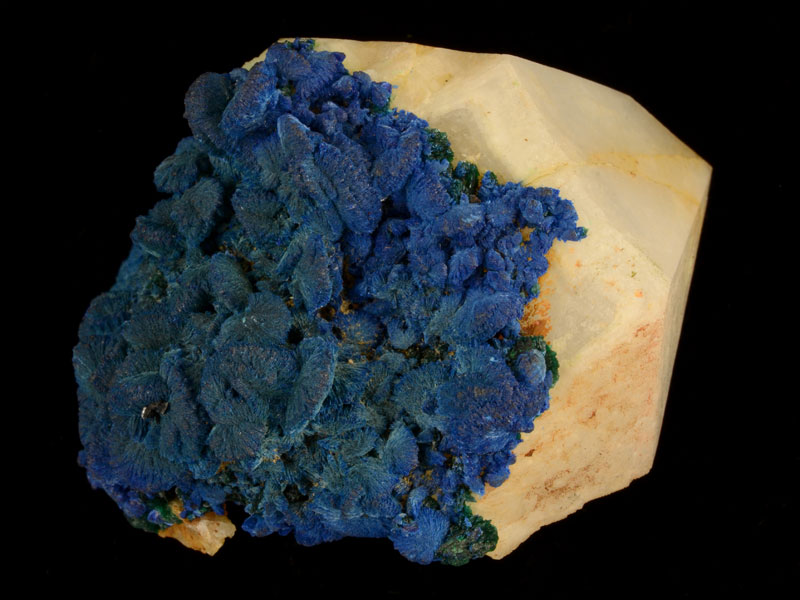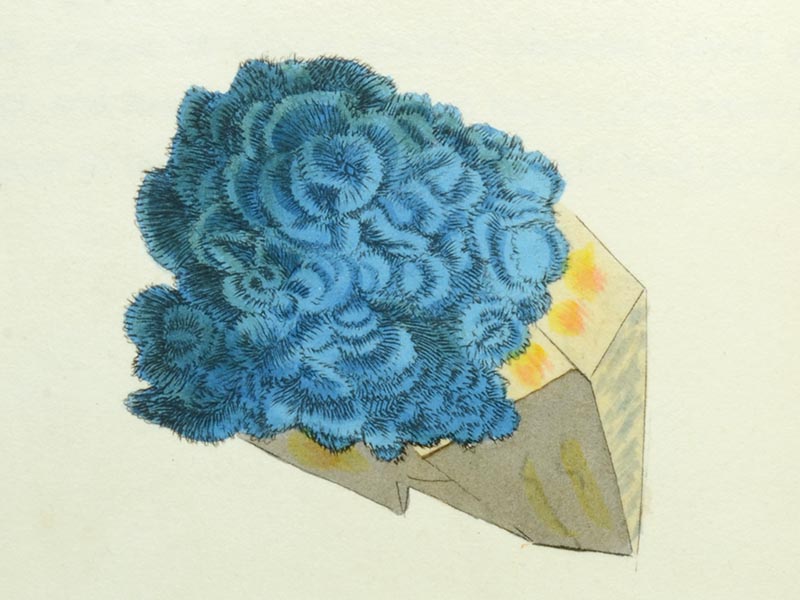Philip Rashleigh's collection at the RCM
The earliest specimens in the RIC’s holdings date from the mid to late eighteenth century and comprise the internationally significant Rashleigh Collection compiled by Philip Rashleigh F.R.S. (1729–1811), whose family home was Menabilly, near Fowey, in Cornwall. He began collecting around 1760 and his wealth, his contacts with local mine owners and captains, and his acquaintance with other collectors, dealers and mineralogists in the UK and Europe ensured his substantial collection
“… was for many years without parallel, both in the County of Cornwall and in fact in Great Britain, and as far as many Cornish minerals are concerned will always remain unrivalled" (Sir Arthur Russell, 1952).
Rashleigh was aware that his was a private collection and by being ‘held in a remote part of the kingdom’ access to it was necessarily limited. To counter this and because he considered some of his minerals to be ‘worth notice’; he decided to prepare and write his two-volume Specimens of British Minerals.
He wrote to a friend in 1791:
“I wish I could find a good clever man to draw and colour some of my minerals … I would hire such a person if to be found on moderate terms, but should not like an indifferent hand.”
The artist chosen for Volume I was Truro-born Henry Bone (1755-1834), enameller and miniaturist who was later to become enamel painter to George III. For Volume II, Rashleigh commissioned landscape artist Thomas Richard Underwood (c.1765-1836). Underwood was clearly very interested in geological material and in 1823 was elected Fellow of the Geological Society. Rashleigh also enlisted the help of his sister and two of his nieces in the representation of some of his minerals.
The two volumes were published in 1797 and 1802 respectively and are recognised today as one of the earliest illustrated British mineralogical publications. Copies of these volumes, along with early drafts in Rashleigh’s hand and the figured and cited specimens themselves, also reside within the RIC’s collection.
In creating this new online version of part of the RIC's collection, we have tried to continue the spirit of Rashleigh's endeavour to illustrate the colour, form and habit of natural mineral specimens. Compare these illustrations of the same mineral specimens separated by over 200 years. We think Philip Rashleigh would have approved of the 3D virtual specimens and the fact that they can be accessed worldwide.
 |
|
 |
 |